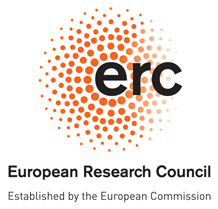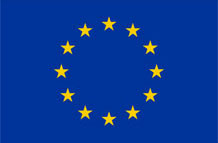The Spanish Sources
During the Early Modern period, the volume of maritime traffic between Seville, terminal of Atlantic trade, and the American territories of the Spanish Monarchy, experienced a significant growth.
The institution in charge of the supervision and management of overseas traffic was the Casa de la Contratación of Seville, where the court of the Real Audiencia de la Contratación was established with broad powers to settle matters related to commercial traffic with the Indies, such as accidents suffered by the ships of the Carrera de Indias.
Documentation concerning lawsuits originated by the claims filed by the maestres of the merchant ships travelling to America can be found in the Archivo General de Indias. Amongst these lawsuits, are those cases when the maestres requested the court to declare that their ship had suffered a General Average (GA), with the consequent distribution of expenses between merchants and shipowners.
GA lawsuits are characterized by their abundance of information and, generally, their lengthy extension, given the high number of merchants participating in each maritime venture. A second peculiar characteristic of the routes associated with the Carrera de Indias was the frequent navigation of merchant ships in armed fleet formations – flotas – in order to protect themselves against pirate or enemy ship attacks. All these aspects endowed special characteristics to general averages in the Atlantic area.
View the reports from the Spainsh archive
Case Study
The voyage of the San Miguel in 1585
A broken hull, jettisoned cargo and unhappy merchants
The ship San Miguel with Andrés Ferrofino as maestre, travelling from Santo Domingo in the island of La Española to Seville with the fleet of general captain Antonio Osorio in the year 1585.
Before arriving to Azores Islands, at an latitude of 43,5 degrees, the vessel weathers significant storms and its hull breaks in the prow. Many goods are damaged and the pilot ant the rest of the crew request the maestre to jettison part of the cargo. The jettison would save the lives of those on board of the ship, as well as the rest of the goods and the vessel. The cargo thrown over board is made up of furs and sacks of ginger. The ships’ scribe register the type and quantity of goods jettisoned.
When the ship arrives to Seville, the maestre Andrés Ferrofino presents a claim before the Casa de la Contratación demanding the declaration of GA and the obligation of the involved merchants to contribute to all incurred losses in order to save the ship, the human lives and the rest of the cargo.
Some of the merchants and traders make themselves known in the trial and try to counter the claims of the maestre.
There is a hearing of witnesses in which the allegations of the claimant are proven.
The next step is the judgement declaring GA and condemning the partition pro rata of 12 wooden boxes of the pilot’s and crew’s belongings, 173 sacks of ginger and 151 furs.
The parties name a third expert appraiser in order to value the jettisoned cargo. The partition of the value of the ship and the freight is also taken into account. The two intervening experts are Diego de Porras and Julio Ferrofino.



This project has received funding from the European Research Council (ERC) under the European Union’s Horizon 2020 research and innovation programme under grant agreement No 724544
Image Acknowledgements
Jodocus Hondius (1563-1612) [Public domain], via Wikimedia Commons